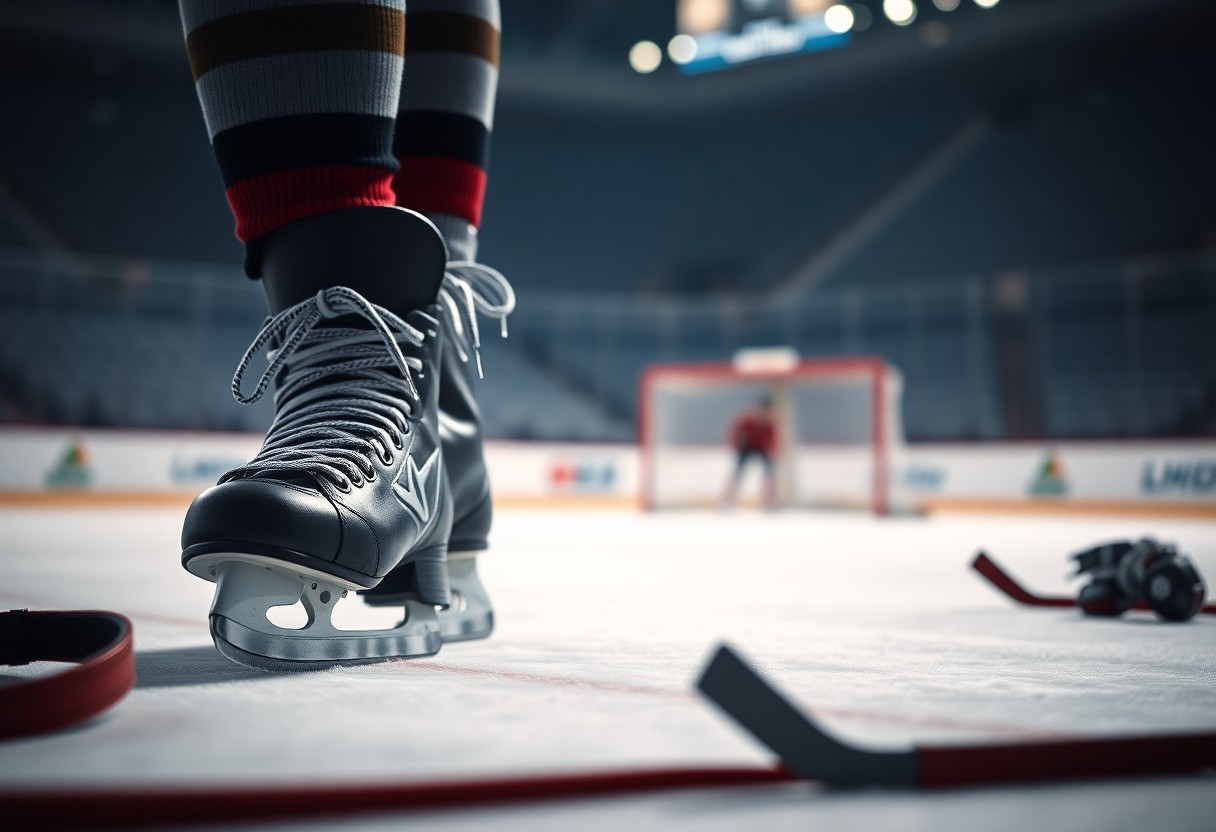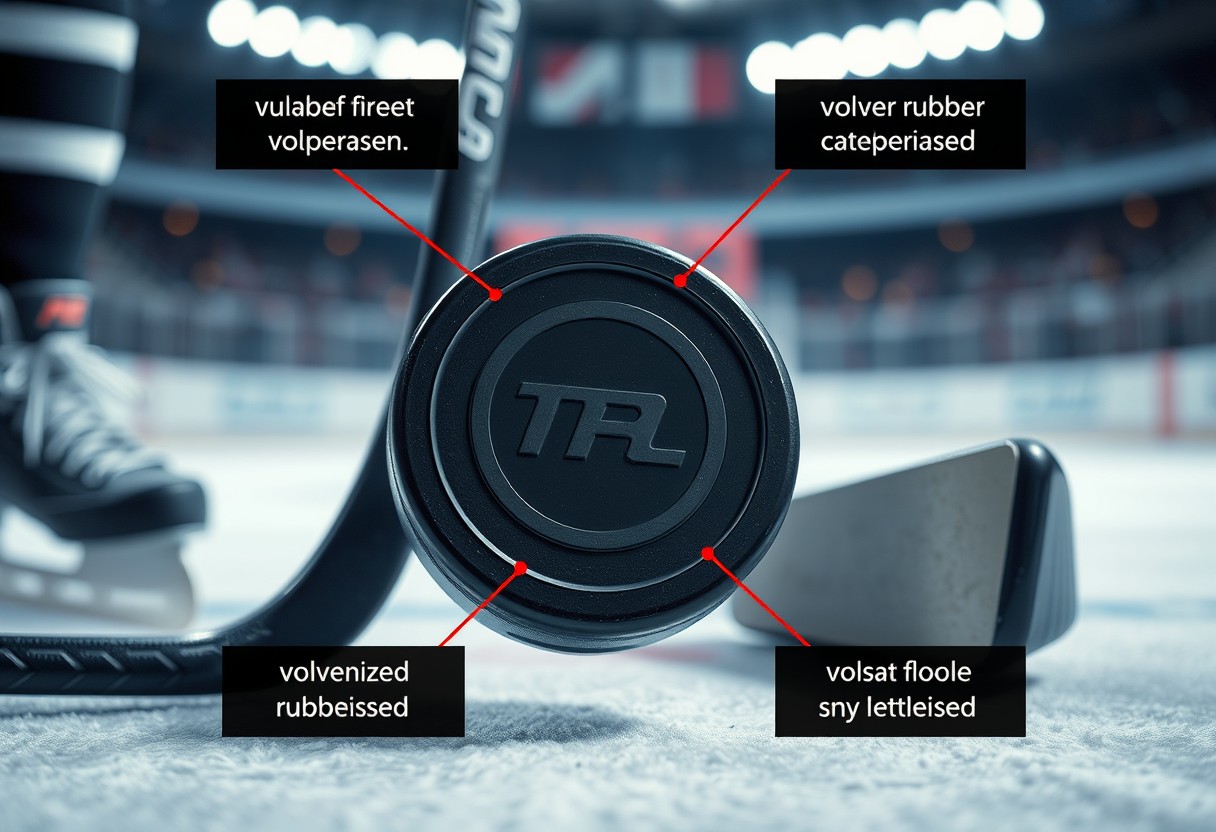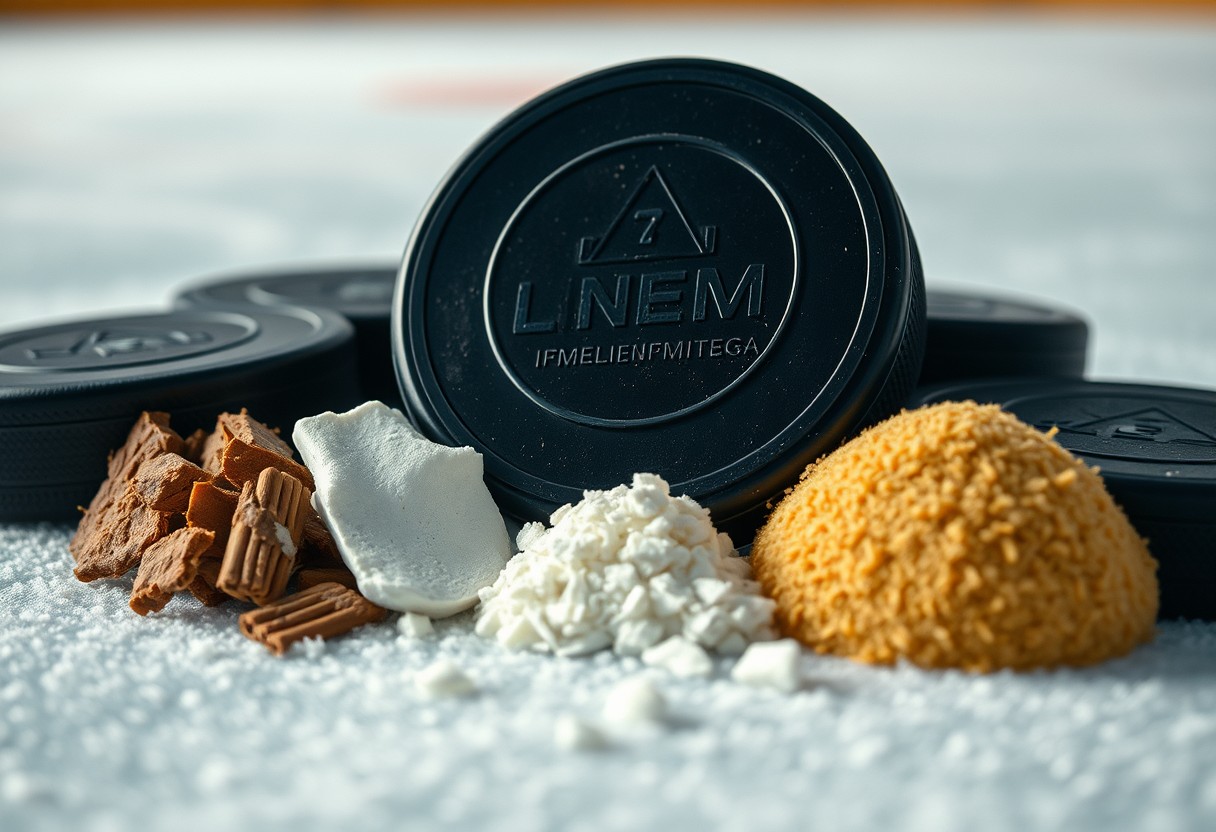Most skaters underestimate the importance of properly lacing their ice hockey skates, yet it plays a significant role in enhancing your performance and comfort on the ice. In this guide, you will learn step-by-step how to lace your skates effectively, ensuring optimal support and a snug fit. Whether you are a beginner or an experienced player, mastering this skill will help you navigate the rink with confidence and agility. Let’s get started and make sure your skates are perfectly laced for the game ahead.
Understanding Ice Hockey Skate Lacing
Before you hit the ice, it’s necessary to understand the art of lacing your ice hockey skates properly. Proper lacing ensures that your skates provide optimal support and comfort, which significantly enhances your performance on the ice. By mastering different lacing techniques, you can tailor the fit of your skates to accommodate your specific foot shape and playing style.
Importance of Proper Lacing
On the ice, your performance is only as good as the equipment you wear, and that includes your skates. Proper lacing provides stability and enhances responsiveness, which allows you to achieve better control during games. Well-laced skates also help prevent blisters and other discomforts, enabling you to focus on your game rather than your feet.
Common Lacing Techniques
Hockey players often employ various lacing techniques to achieve the best fit and performance from their skates. These techniques can range from traditional criss-cross lacing to more advanced methods like skip lacing or heel lock lacing. Utilizing the right technique can help lock your heel in place, reduce pressure on specific areas, and provide increased ankle support.
This understanding of common lacing techniques enables you to experiment and find what works best for your skate fit. For instance, criss-cross lacing is the most common approach, offering a balanced fit, while skip lacing can alleviate pressure on the top of your foot. Heel lock lacing focuses on securing the heel, which is critical for maximizing energy transfer during sharp turns. By using the right combination of lacing techniques, you can enhance your skating experience and performance on the ice.

How to Lace Ice Hockey Skates
Any hockey player knows that properly laced skates can significantly enhance performance and comfort on the ice. To lace your ice hockey skates, start by ensuring your skates fit well and are clean. Proper lacing not only secures your foot but also helps in maintaining balance while skating. Follow these guidelines for optimal lacing.
Step-by-Step Lacing Guide
With this step-by-step lacing guide, you can easily secure your skates for a great skating experience:
| Step | Description |
| 1 | Start at the toe of the skate and pull the laces evenly through the bottom eyelets. |
| 2 | Cross the laces and pull them through the next set of eyelets. |
| 3 | Continue this pattern, working your way up to the top eyelet. |
| 4 | Once at the top, tie a secure knot, ensuring the laces are snug but not overly tight. |
Tips for Achieving a Secure Fit
Any hockey player can benefit from a few techniques to ensure a secure fit of their skates. By following these tips, you can maximize your control while skating:
- Make sure to pull the laces tight as you lace up.
- Use lace locks if your skates have them for added security.
- Adjust the tightness as per your comfort while maintaining a snug fit.
- Consider using thicker laces for better grip and support.
Knowing the right techniques can help you maintain a secure fit throughout the game.
Achieving the perfect fit is imperative for both comfort and performance. Along with the previous tips, consider the following:
- Experiment with different lacing patterns to see what feels best.
- Warm up your skates by wearing them for a short period before heading to the rink.
- Keep your ankles supported by ensuring the top eyelets are laced properly.
- Check laces for wear; replace them if they become frayed or loose.
Knowing how to effectively lace your ice hockey skates will give you the confidence to perform at your best on the ice.

Factors to Consider When Lacing Skates
Clearly, proper lacing can significantly impact your comfort and performance on the ice. Consider the following factors when lacing your skates:
- Foot shape and size
- Type of skates used
- Level of play and intensity
- Personal preference for tightness
Thou should evaluate these factors to achieve optimal fit and support.
Foot Shape and Size
The fit of your skate largely depends on your unique foot shape and size. A snug fit is vital for stability, but excessively tight lacing can lead to discomfort and blisters. Make sure to adjust according to any specific contours of your feet to enhance your overall skating experience.
Type of Skates Used
Size does matter when it comes to choosing how to lace your skates. Different skate models may have varying eyelet positions, which could affect how the laces provide support. Understanding your skate type can help you determine how best to lace them for maximum performance and comfort.
This means that if you’re using beginner-level skates versus advanced models, you might need to adjust your lacing technique accordingly. For instance, higher-end skates often come with advanced features like improved ankle support or reinforced eyelets, which can influence how tightly and effectively you should lace them. Make sure to consider these differences to ensure you have the best fit possible.
Troubleshooting Common Lacing Issues
Now that you understand the basics of lacing your ice hockey skates, it’s important to address common issues that may arise during the process. These challenges can affect your comfort and performance on the ice. By learning how to troubleshoot these lacing problems, you can fine-tune your technique and ensure a better fit every time you lace up your skates.
Loose Laces
Lacing your skates tightly is important for proper support and stability. If you find your laces becoming loose during gameplay, it may be an indication that you’re not tying them securely enough. Make sure to pull the laces snugly at each eyelet and consider double knotting them to prevent slippage as you skate.
Pain or Discomfort
On the other hand, if you experience pain or discomfort while skating, it could be due to improper lacing techniques. This misstep can lead to pressure points or uneven support, causing strain in your feet and ankles. To alleviate this, focus on lacing your skates in a way that distributes pressure evenly and provides a secure fit without being too tight.
This balance is critical for both comfort and performance. Pay attention to any specific areas where you feel pressure or pain, and adjust your lacing pattern accordingly. You may want to experiment with skipping eyelets or adjusting the tension of your laces for a more personalized fit, ensuring that your skates support you without causing undue discomfort.
Tips for Maintaining Laces
Keep your laces in top condition by following these simple tips:
- Regularly inspect for frays or weaknesses.
- Replace worn-out laces to ensure effective tightening.
- Wash laces periodically to remove dirt and grime.
- Keep laces untangled in your gear bag to avoid knots.
Assume that taking these proactive measures will extend the life of your skate laces.
Choosing the Right Laces
Even when it comes to laces, choosing the right ones can greatly enhance your skating experience. Opt for the appropriate length and material that suits your preferences, as thicker laces provide more grip while thinner laces allow for easier tightening.
Care and Storage of Laces
Care for your laces by cleaning them regularly and storing them properly to prevent tangles and damage.
Plus, when you store your laces, consider coiling them neatly and keeping them in a designated compartment in your bag. This prevents fraying and makes them easy to access when needed. Following these steps helps ensure your laces remain in good condition for optimal performance on the ice.
Recommendations for Practice
After mastering the basics of lacing your skates, it’s vital to practice consistently to perfect your technique. Incorporate regular lacing sessions into your training routine to enhance your speed and efficiency during games. As you become more familiar with the process, consider experimenting with different lacing styles to find what feels most comfortable and secure for your feet. This will not only improve your performance on the ice but also boost your confidence.
Exercises for Better Lacing
Practice integrating various lacing exercises into your routine to strengthen your skills. Focus on developing your dexterity by experimenting with one-handed lacing or blindfolded exercises. You could set aside dedicated time to lace and unlace your skates multiple times, honing your speed and technique. Over time, this will help you lace your skates more effectively, saving valuable time during game preparation.
Advice from Experienced Players
Clearly, advice from seasoned players can offer insightful tips and techniques. Engaging with veterans in the sport will provide you with practical strategies that have proven successful for them. They often emphasize the importance of finding your unique lacing style and adjusting your method to accommodate your foot shape, making comfort and support a priority.
This insight is valuable because experienced players have navigated many challenges and refined their lacing techniques over time. They encourage you to pay attention to how your skates feel during practice and make adjustments accordingly. Whether it’s experimenting with different lace patterns or incorporating additional lace tighteners, utilizing their advice will undoubtedly enhance your on-ice performance and overall comfort.
To wrap up
Summing up, lacing your ice hockey skates correctly enhances your performance and comfort on the ice. Start by ensuring your skates are aligned properly, then proceed to lace them tightly from the bottom to the top, paying special attention to snugness around your ankles for optimal support. After lacing, secure the ends and adjust as necessary to achieve a balance between tightness and comfort. With practice, you’ll find the perfect lacing technique that suits your style, allowing you to focus on your game with confidence.




